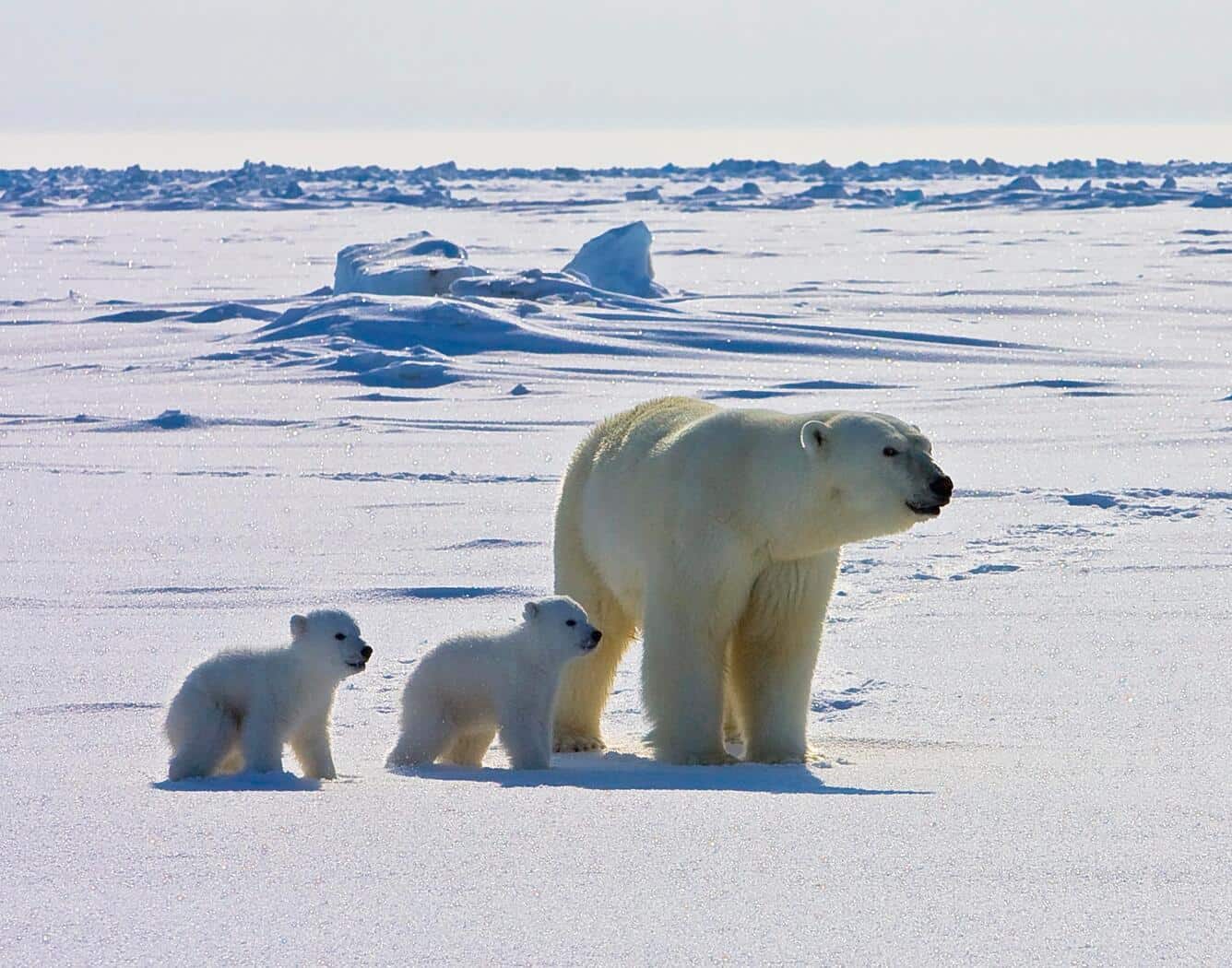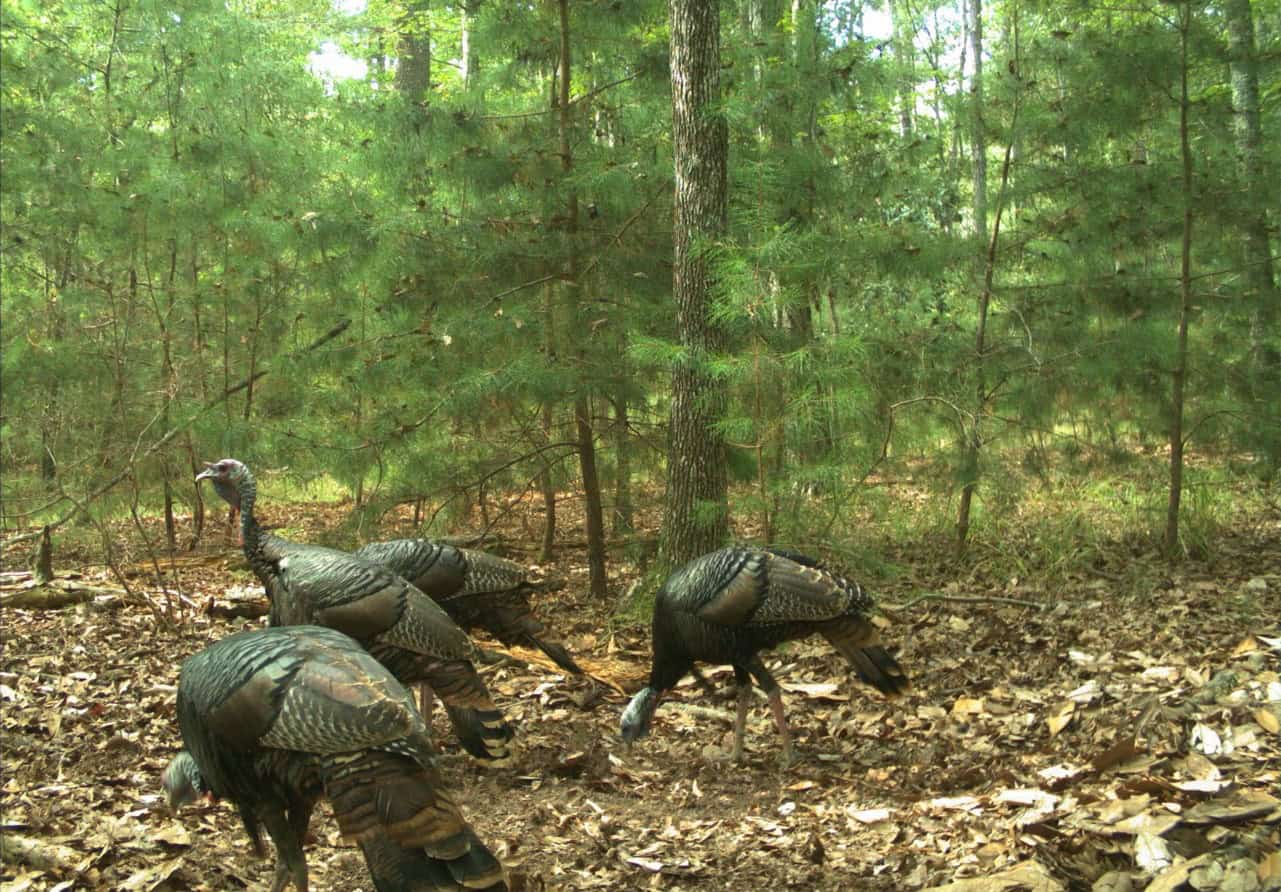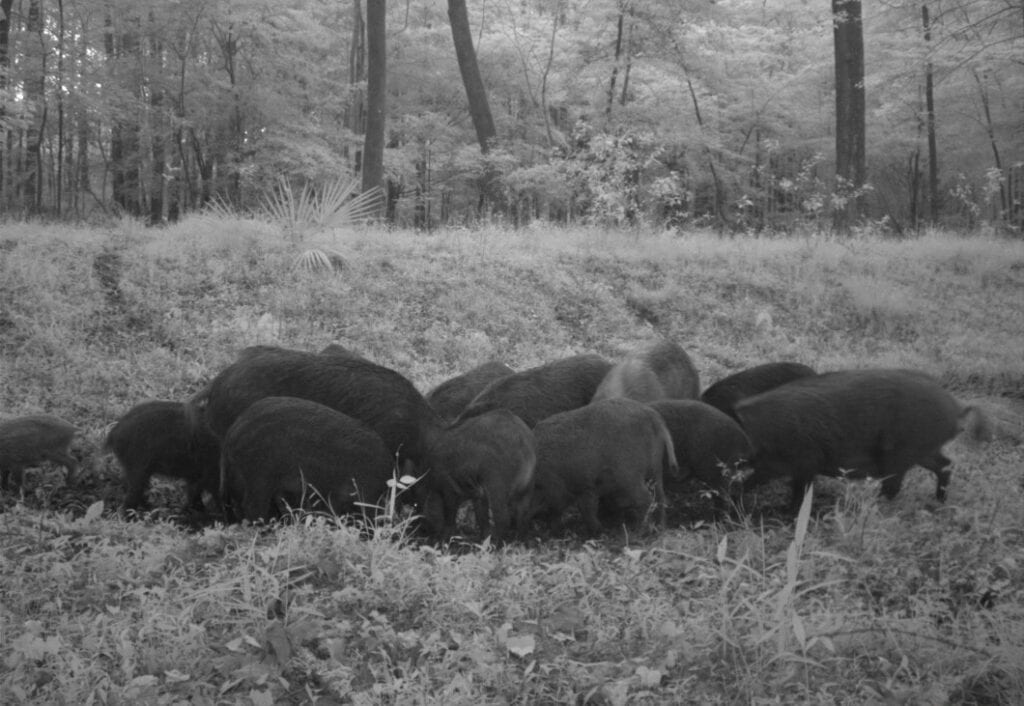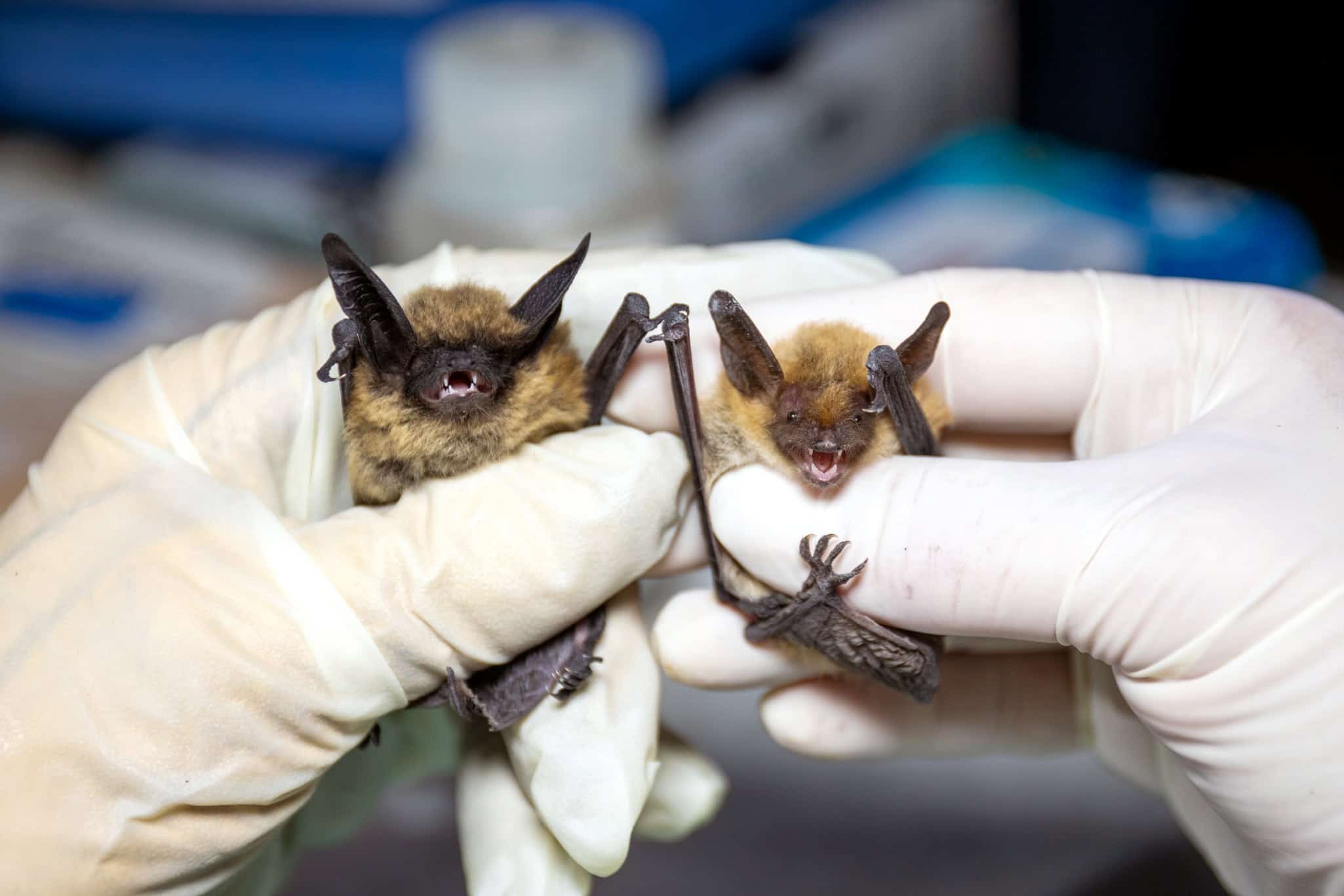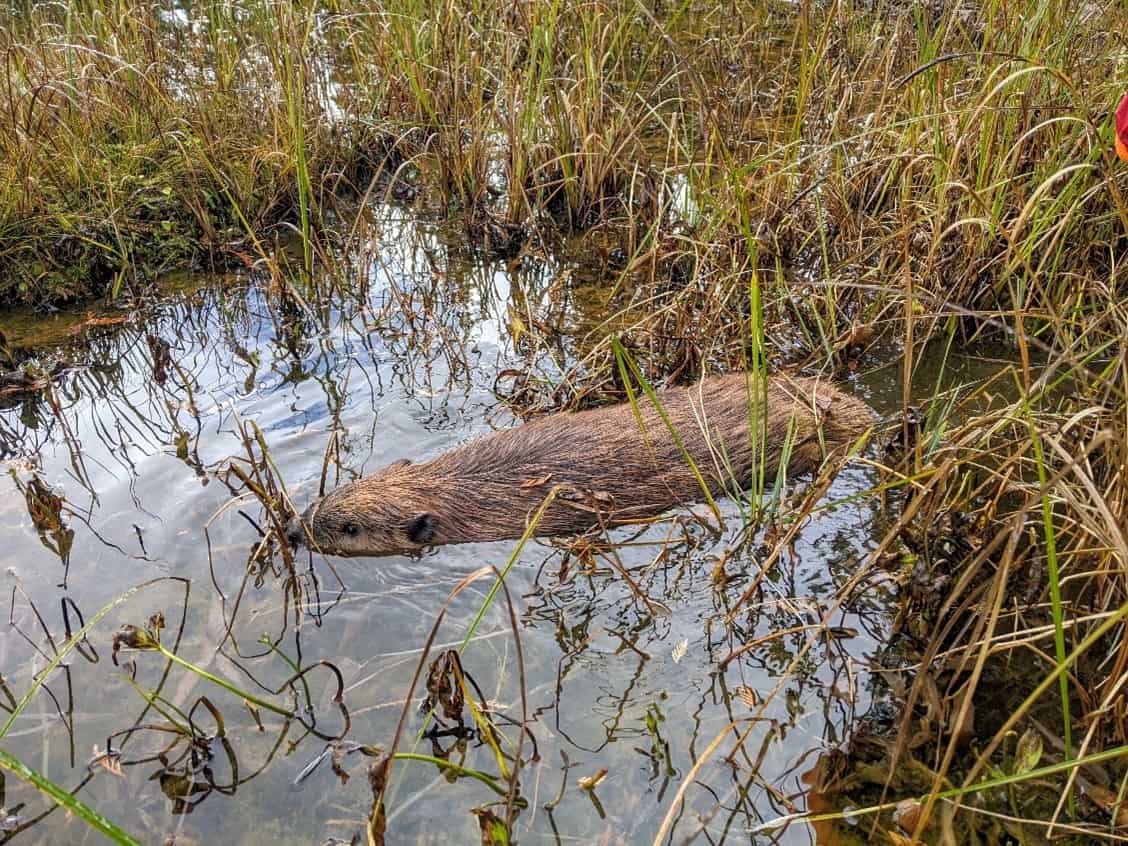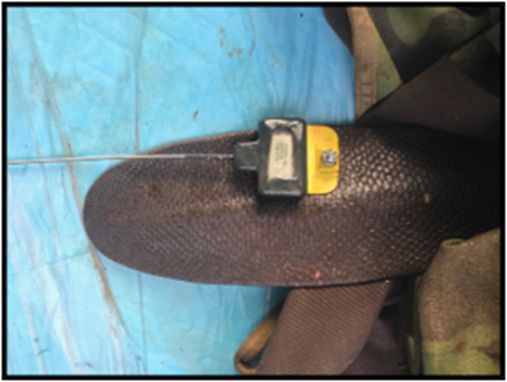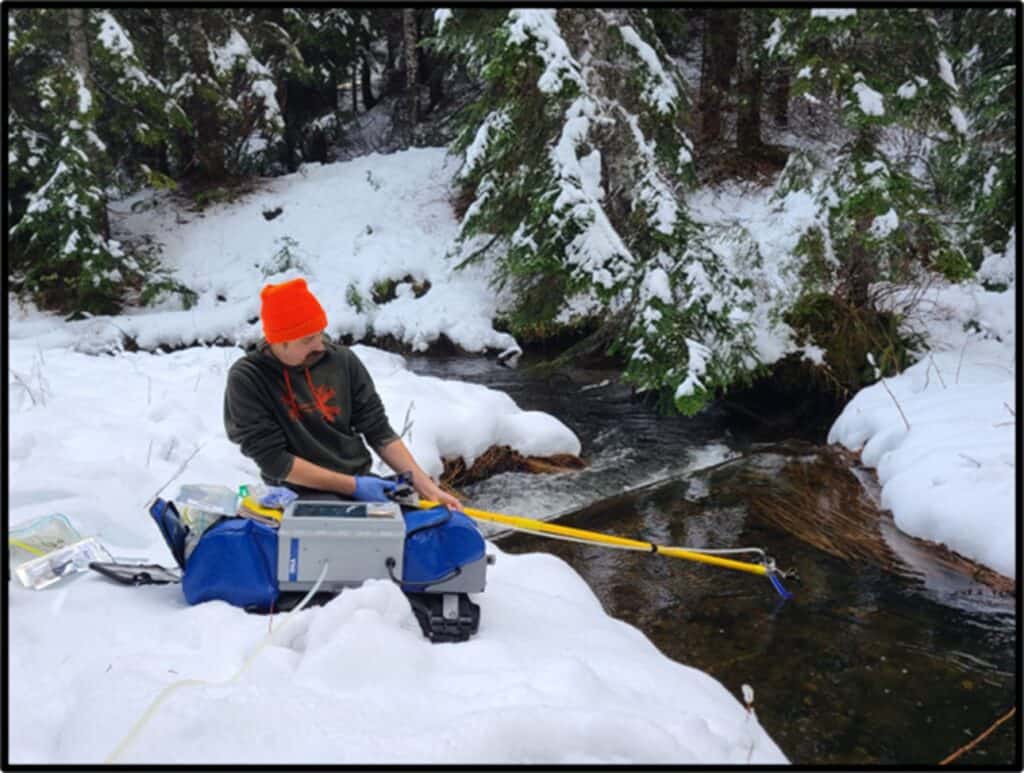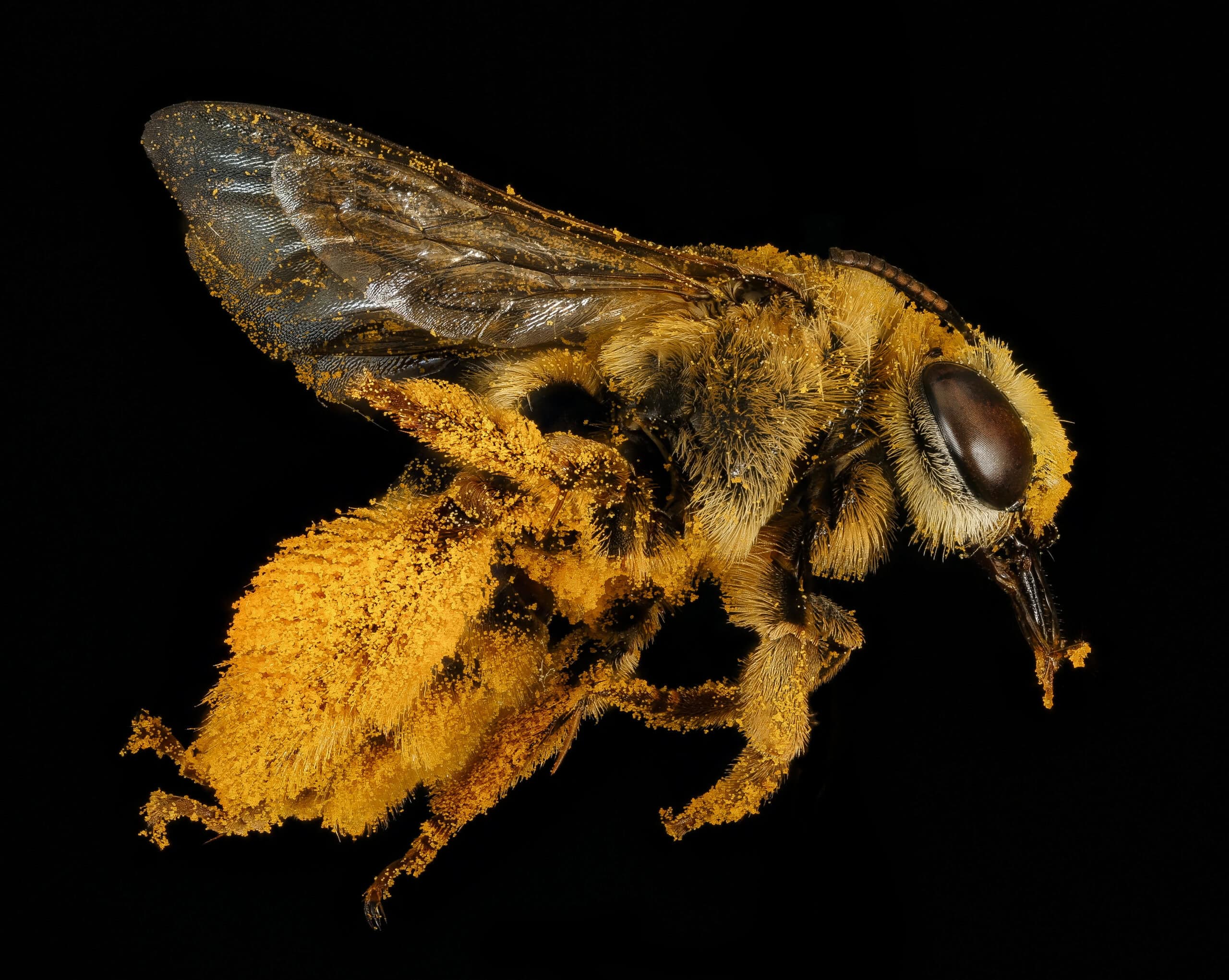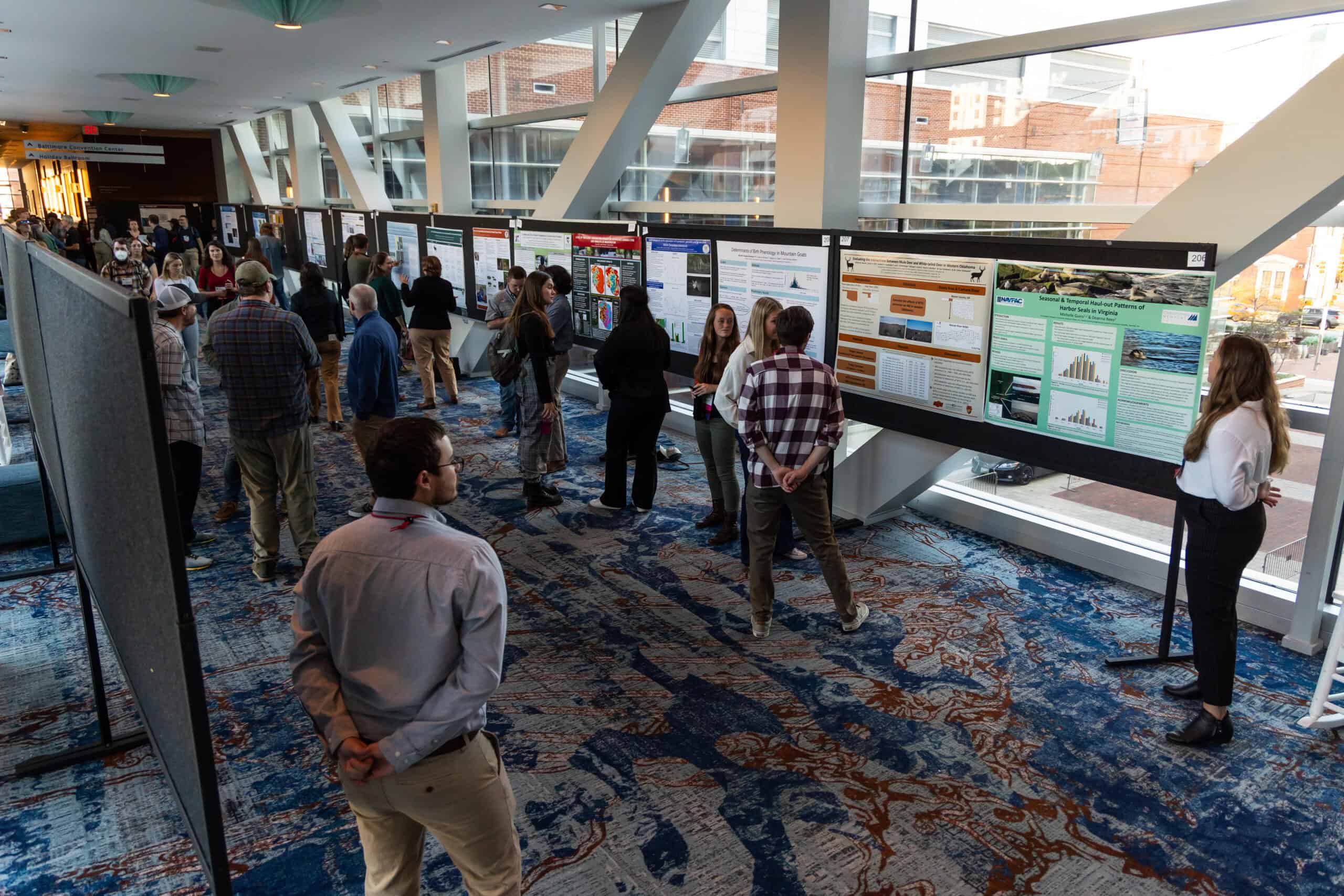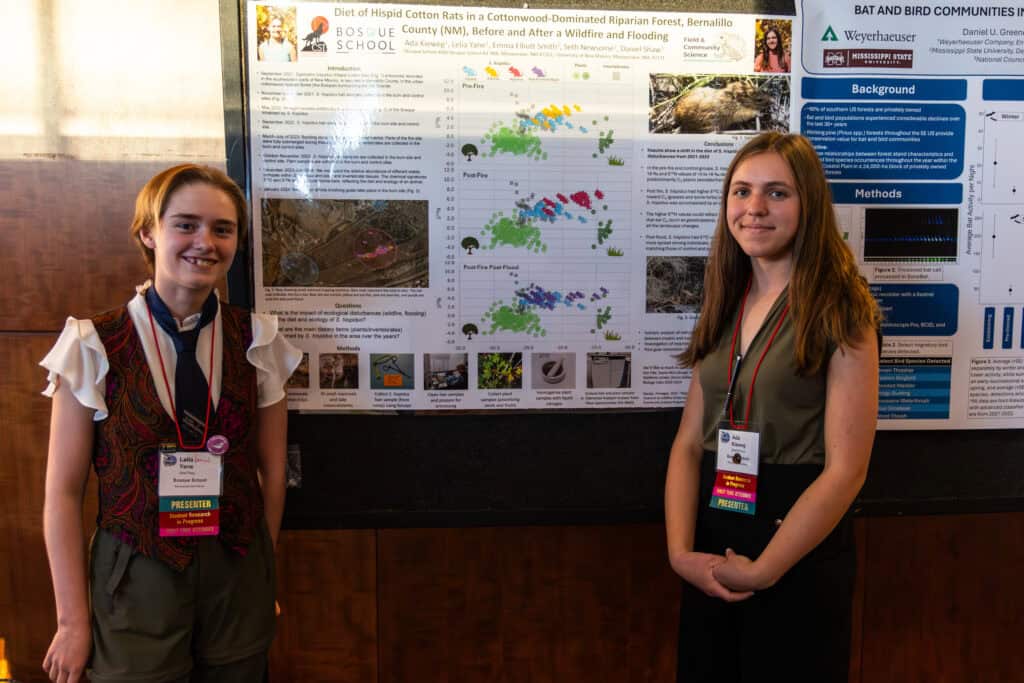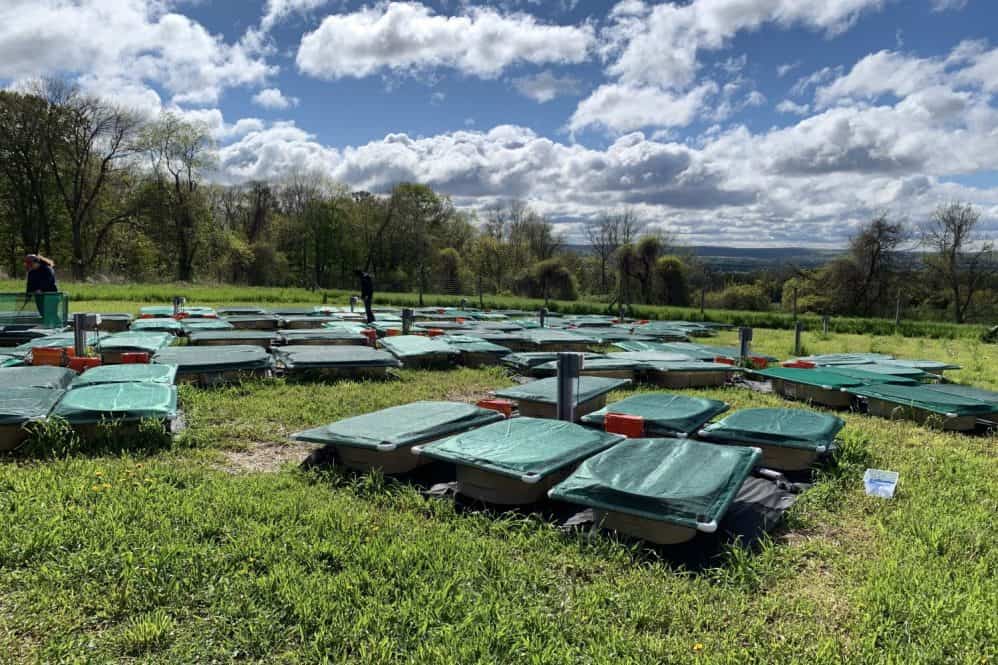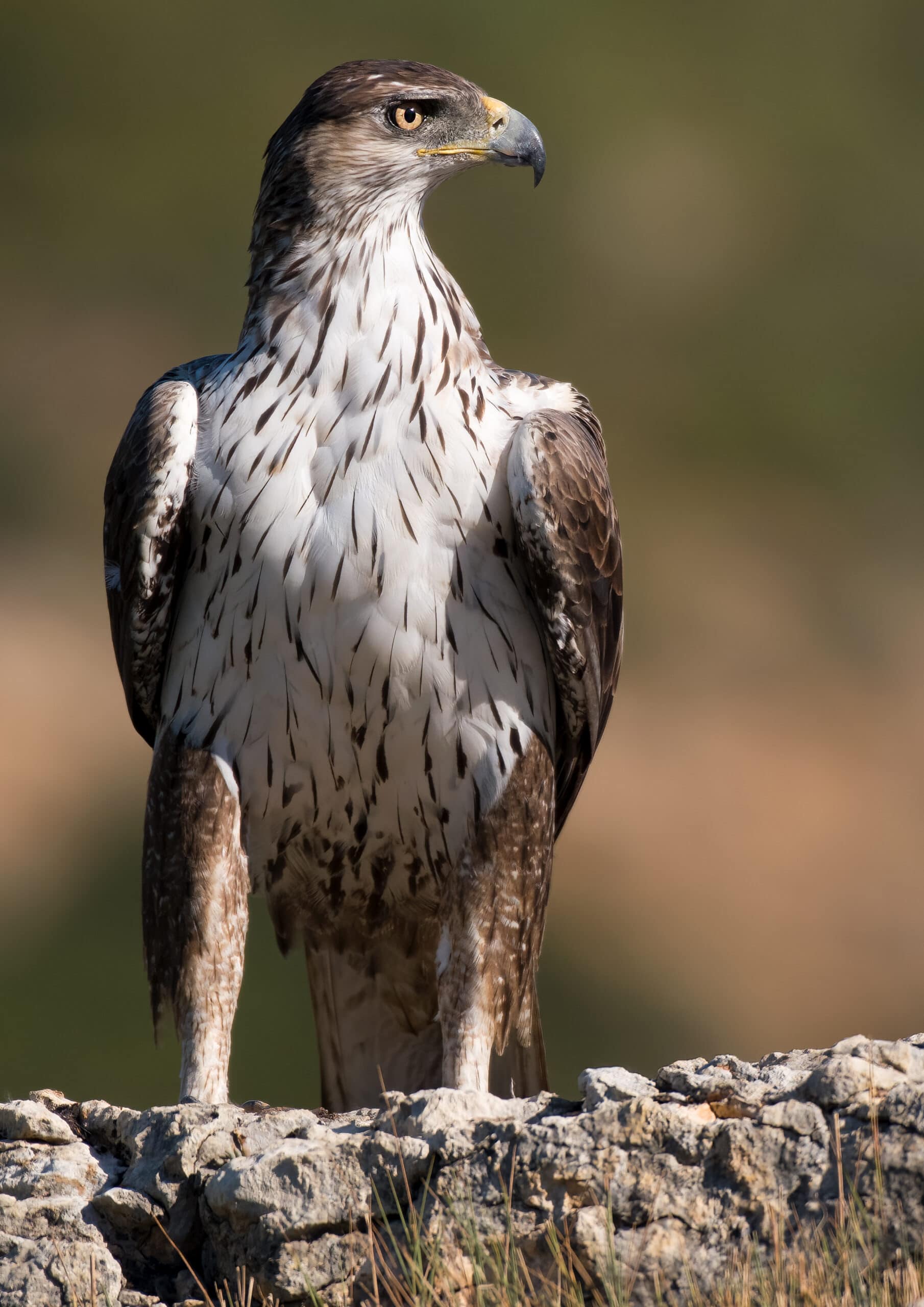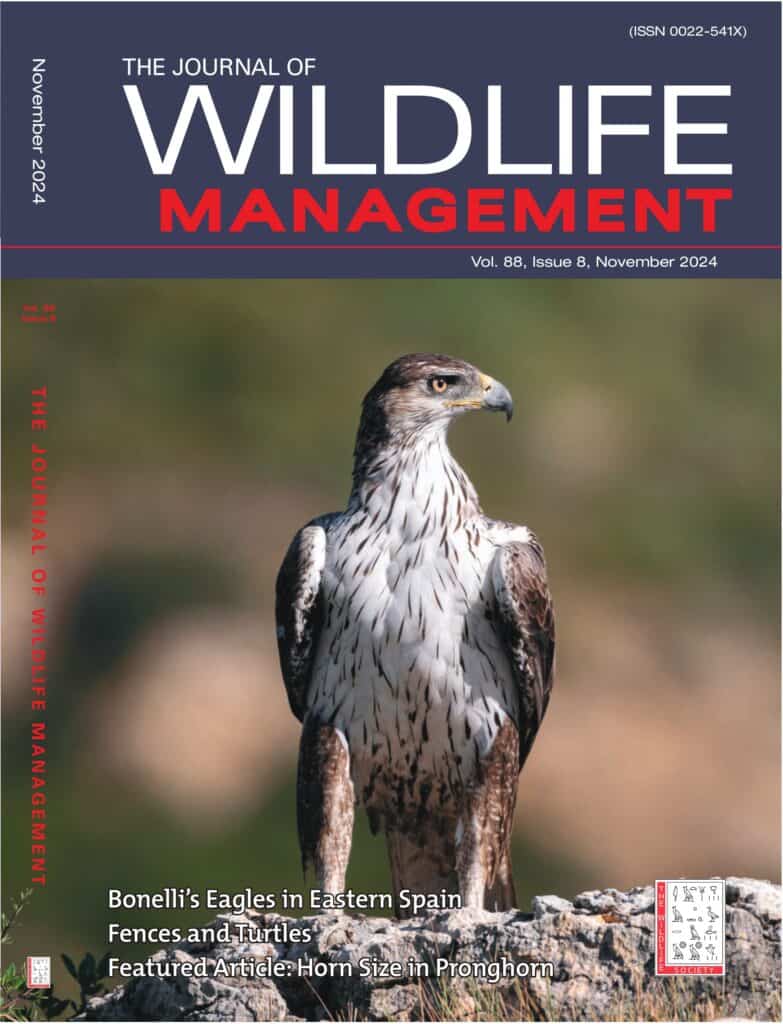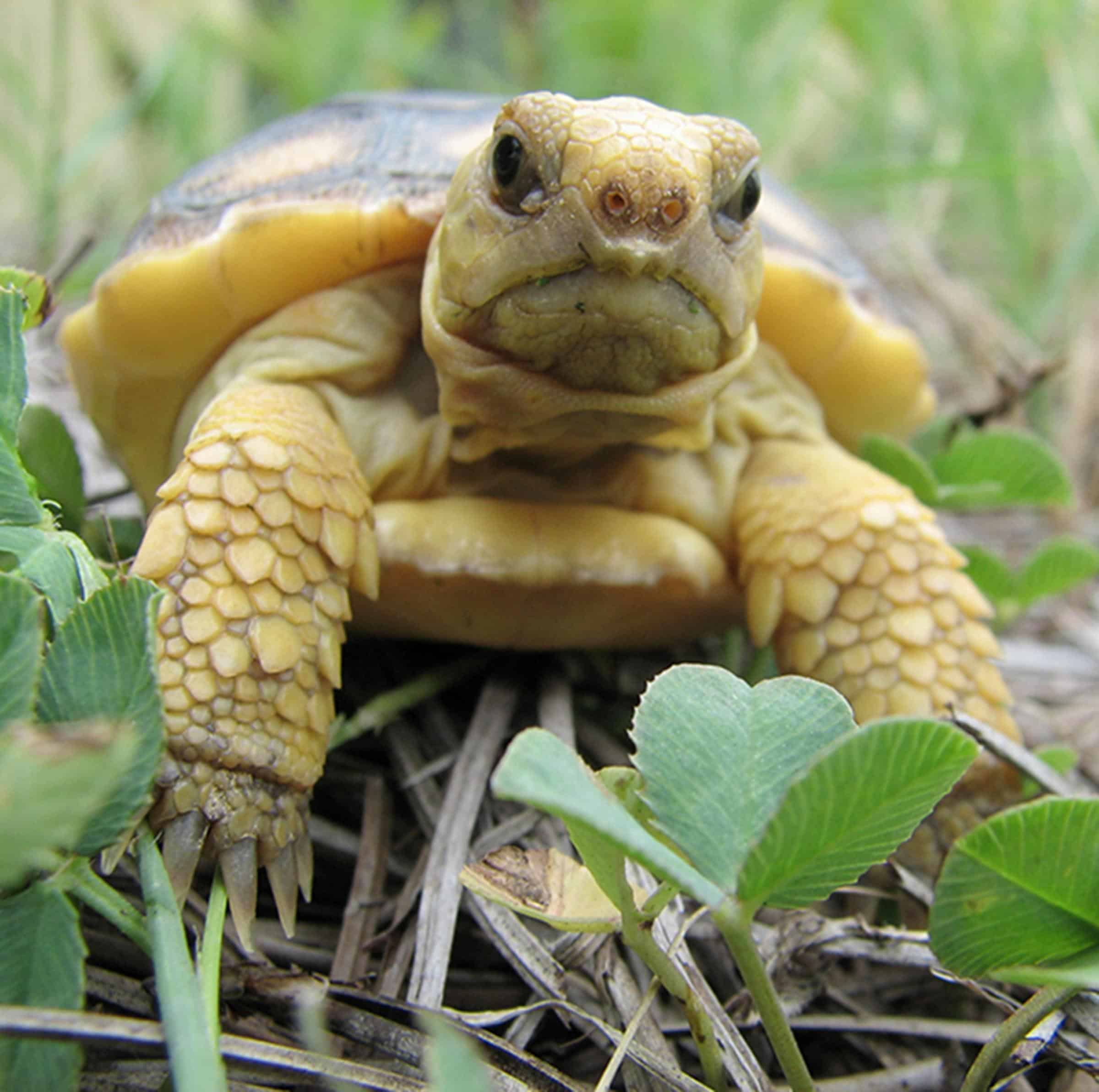
New research has taken issue with some of the science the U.S. Fish and Wildlife Service used to justify not listing gopher tortoises under the Endangered Species Act.
According to the authors of the new study, gopher tortoise populations could become significantly lower in the future, and the federal agency used “inflated predictions from a flawed model” when denying the reptiles protection.
“A modeling approach that was valid 20 years ago, we now know is wrong,” said TWS member Kevin Loope, a research scientist at Virginia Tech.
The authors of the Folt et. al model dispute these findings by Loope and his colleagues. But if accepted by a federal judge, the study could ultimately contribute to a reevaluation of the listing decision for gopher tortoises (Gopherus polyphemus).
In October 2022, the USFWS announced its findings on the status of gopher tortoises. They recognized eastern and western distinct population segments, divided by the Mobile River in Alabama and the Tombigbee River in Alabama and Mississippi. They classified the western population as threatened under the ESA but decided not to list the eastern segment.
The latter decision was based on their five-year review of the species, part of which was published in 2022 in Global Ecology and Conservation by Brian Folt, with the U.S. Geological Survey, and his colleagues. In this study, researchers from the USFWS, USGS and others projected the numbers of 457 populations for 80 years into the future under different threat and management scenarios.
In research published recently in Global Ecology and Conservation, Loope and his colleagues highlighted what they believe are errors in the modeling. While Folt and his colleagues acknowledged one error in a reply to Loope and his team, they believe that the error would not have substantially changed their findings overall.
Finding problems
Loope and his team wanted to test the conclusions that led to the non-decision listing. They developed and ran their own model using the same baseline information as the Folt et al. model, but they got different results.
“Our model showed a much bigger decline,” Loope said. The Folt et al. model showed more moderate declines.
After looking closer at the published model, Loope’s team alleges there are two consequential errors, which are fairly technical. The first one has to do with the probability of a juvenile reaching adulthood.
The Folt et al. model model divided juveniles and adults into two age classes and used a maturation rate that assumed an equal number of juveniles in each age class within the juvenile group. But Loope and his team argue that assuming there are just as many nearly mature juveniles as hatchlings doesn’t work well, since the majority of turtles that die do so in their earliest years. In other words, the model isn’t taking into account the number of early deaths that are likely occurring that could reduce the number of juveniles that are old enough to mature into adults each year. This problem in modeling, Loope said, was highlighted in a study published in 2019.
The co-authors of a rebuttal, also published in Global Ecology and Conservation, defended their use of this “common and accepted” model, saying that the 2019 study was just published at the time they began their review. Nonetheless, they concede that their approach may be outdated at this point.
“We acknowledge that since that time, a flat-age-within-stage approach is increasingly viewed as suboptimal in favor of age-based models or other approaches,” the authors of the Folt et al. model wrote.
How many gopher tortoises immigrate?
The second problem Loope and his colleagues found involves the way that the Folt et al. model team tried to account for the movement of tortoises between populations. Both groups of scientists agree that when modeling populations, it’s inaccurate to assume that every group of tortoises sits on an island without interacting.
Folt et al. tried to deal with this by creating a distinct pool of immigrants for each population in their model—something like a dummy metapopulation independent of existing populations. “It’s a creative solution to a complicated situation,” Loope acknowledged.
But Loope argued that this solution creates a positive feedback cycle, with the model driving small populations up exponentially in just a few years.
According to the Folt et al. model model, a small population and the metapopulation will grow at the same rate each year. For small populations, this means that immigration would sometimes result in the doubling of the population’s numbers in a single year. This then doubles the metapopulation, contributing more tortoises into the immigrant pool, which then might send even more tortoises back to the formerly small population the next year.
While Folt et al. built a carrying capacity into their model for existing populations, they didn’t put a cap on the immigrant metapopulation, Loope said. While there are only 70,000 gopher tortoises in the species’ entire range, this model sometimes predicted that some individual metapopulations contain as many as 1 million tortoises after 80 years, Loope said, due to this artificial flood of virtual tortoises from the positive feedback effect.
“It’s just impossible for tortoises—their populations can’t grow anywhere near that fast,” Loope said.
The problem, said TWS member Kevin Shoemaker, an associate professor in quantitative population ecology at the University of Nevada, Reno and a co-author on the study, is that the immigration function on the models creates tortoises from nowhere.
“Immigration itself can’t create new individuals,” Shoemaker said. “That’s what births do.”
Conversely, if you fix this problem by capping the number of tortoises that go into this immigrant metapopulation roughly at a growth of 3%, many of the populations that the Folt et al. model predicted would grow would actually stay the same—or at worst—go extinct.
After fixing both the maturation rate and the positive feedback cycle problem, Loope said, “you’re talking about virtual extinction.”
Loope and his colleagues took their findings to the authors, he said, asking them if they wanted to submit a correction. Issuing such a correction would require the agreement of all co-authors on the paper, and the authors ultimately didn’t issue one.
“I was dismayed,” Loope said.
Sticky lawsuit
Things also got legally complicated. The Center For Biological Diversity (CBD) and Nokuse Education, Inc.—a corporation related to the Nokuse property that hosts translocated tortoises near Panama City, Florida—sued the Service over their decision not to list tortoises in September 2023, calling it “arbitrary and unlawful.”
Loope’s team published their research as a letter due to the lack of a correction issued on the study by the USFWS team. CBD and Nokuse are trying to add Loope’s reply to the Folt et al .study to the lawsuit. But rather than disputing Loope’s science, the USFWS asked a judge not to consider Loope’s findings. “Plaintiffs’ declaration proffers a post-decisional opinion in favor of plaintiffs’ views on the merits, rather than objective technical clarification for the court,” the USFWS said in a court document. This case is ongoing.
For Loope, keeping a peer-reviewed paper from being considered in the lawsuit is suspect. “I have a lot of sympathy for the Service, because [modeling tortoise population projections] is a really difficult thing to do, but they shouldn’t be defending bad science,” Loope said. “If they think we’re wrong, they could explain that, but they are trying to block the judge from considering it at all.”
In response to why they want to have this study disallowed rather than trying to disprove what Loope and his colleagues are arguing, Folt himself and a USFWS spokesperson pointed to the rebuttal to the Loope team letter. “The Service does not comment on proposed or pending litigation,” the USFWS spokesperson said.
The rebuttal in question is only three paragraphs long. In it, the authors of the Folt et al. study defend the way they dealt with immigration, noting, “our comprehensive review found that little was quantified about gopher tortoise immigration, and the approach we devised, with expert input and review, was intuitively and computationally simple within the population projection structure we had created. Because of the lack of quantifiable data, we note that any immigration function developed for this system would be hypothetical, and thus we tested the model output for sensitivity to the immigration rate.”
Nonetheless, they seem to acknowledge that placing a limit on how many tortoises might immigrate might improve predictions. “Because of the hypothetical nature and the exhibited high sensitivity, immigration might be an area for improvement in future modeling efforts,” Folt and his colleagues stated.
